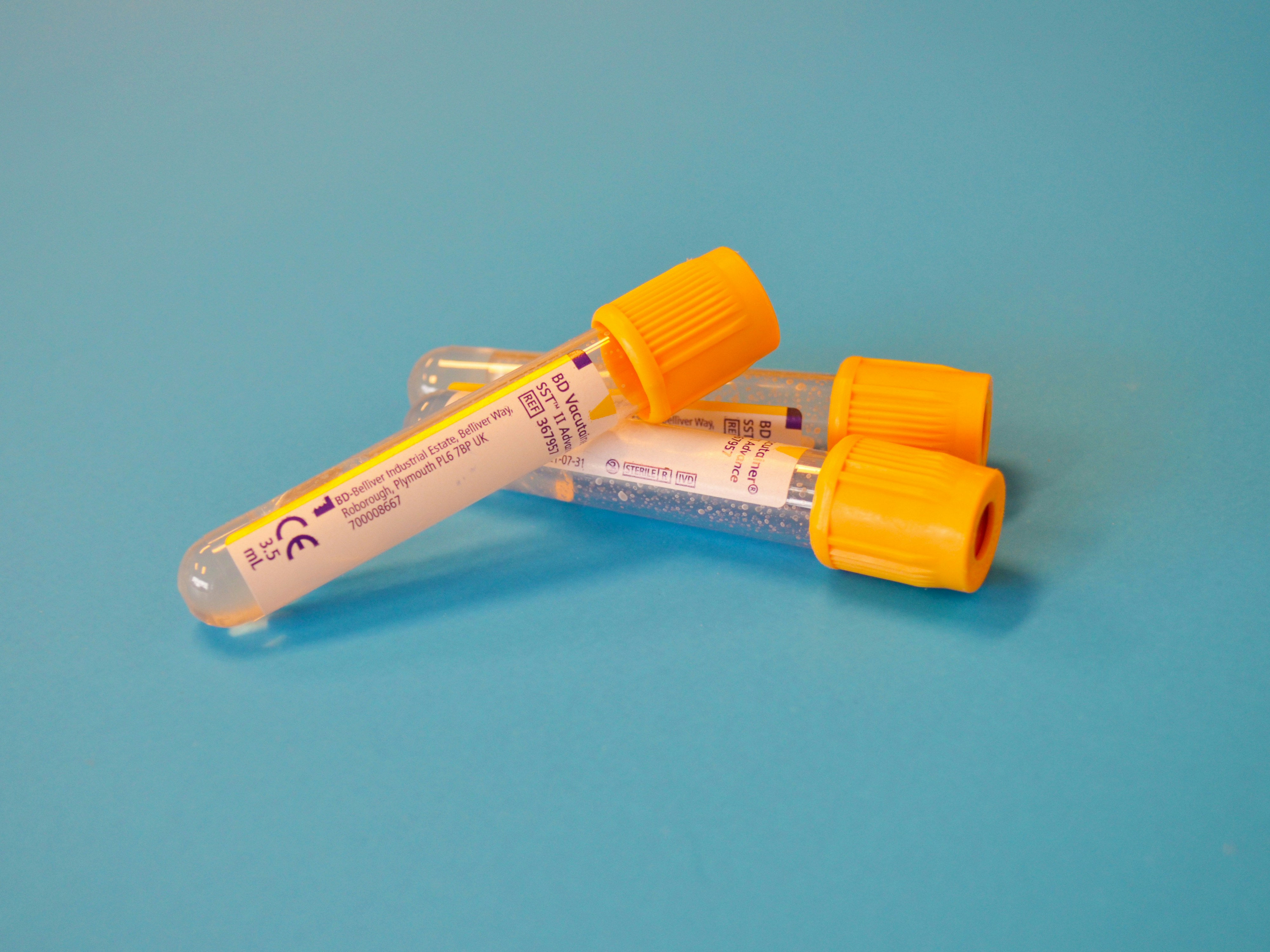How Whey Protein Works in Blood Sugar Regulation
Whey protein, is rich in bioactive compounds that influence blood sugar control through multiple mechanisms:
- Stimulates incretin hormones (GLP-1 and GIP): These hormones help the pancreas release insulin in a glucose-dependent way.
- Slows gastric emptying: Carbohydrates enter the bloodstream more gradually, leading to steadier blood sugar levels.
- Reduces insulin clearance: Whey prolongs the effect of insulin, helping the body use glucose more effectively.
What the Research Shows
Post-Meal Glucose Benefits
Randomized controlled trials and a 2023 meta-analysis confirm that 15 g or more of whey protein consumed 10–30 minutes before meals significantly reduces post-meal glucose rises in people with type 2 diabetes.
Real-World Results
In a 7-day continuous glucose monitoring study, people who used pre-meal whey protein spent more time in their target blood sugar range and had fewer spikes compared to placebo.
Appetite and Weight Support
Pre-meal whey may also reduce appetite and meal size, indirectly supporting blood sugar control through weight management.
How to Use Whey Protein for Blood Sugar Support
Dose and Timing
- Take 15–20 g whey protein isolate in water 10–30 minutes before a carbohydrate-containing meal.
Which Meals to Target
- Start with your largest meal(s) (often lunch or dinner).
- Use glucose monitoring to see which meals cause the biggest spikes and try whey protein before those.
Preparation Tips
- Choose whey isolate for easier digestion and minimal carbohydrates.
- Mix with water rather than milk to avoid extra carbs.
- Consistency improves results — aim to use it daily.
Safety and Considerations
- Kidney disease: People with diabetes and chronic kidney disease not on dialysis are usually advised to limit total protein to ~0.8 g/kg/day. Adding whey could push you over this amount — check with your provider.
- Medication use: If you take insulin or sulfonylureas, improved glucose response could increase hypoglycemia risk. Monitor closely and coordinate with your provider.
- Allergy/intolerance: Avoid whey if you have a milk protein allergy. Whey isolate is usually tolerated if you’re only lactose-sensitive.
Putting It Into a Naturopathic Plan
Whey protein is not a stand-alone solution — it works best as part of a comprehensive naturopathic approach to blood sugar management, including:
- Balanced meals with protein, fiber, and healthy fats
- Strategic carbohydrate portioning and timing
- Regular movement and exercise
- Anti-inflammatory, nutrient-dense foods
- Supplements and pharmaceuticals as needed
Bottom Line
Whey protein is a simple, safe, and evidence-supported tool that can help reduce post-meal blood sugar spikes and support daily glucose stability in people with insulin resistance, prediabetes, and type 2 diabetes. It’s best used alongside nutrition, lifestyle, and conventional care strategies.
If you’re considering whey protein as part of your blood sugar management, speak with a qualified healthcare provider to make sure it fits your individual needs and medications.
Working with a Naturopathic Doctor
If you’re looking for personalized support managing blood sugar, a naturopathic doctor can help you create a plan tailored to your lifestyle and goals. With guidance on nutrition, exercise, sleep, stress, and natural approaches, you can take meaningful steps toward improved energy, longevity and overall well-being.
Are you looking for a naturopath in Ontario to create a personalized health plan to support your diabetes or insulin resistance?? Let's Chat!










